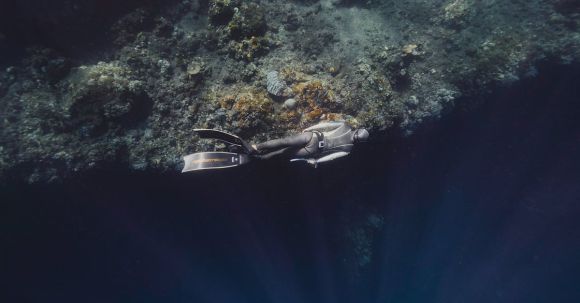Diving is an exhilarating adventure that allows us to explore the wonders of the underwater world. However, for some people, the excitement of diving can be dampened by seasickness. Seasickness, also known as motion sickness, is caused by the brain receiving conflicting signals from the eyes, inner ears, and other sensory receptors. The symptoms of seasickness can include nausea, dizziness, and vomiting, which can quickly ruin a dive. If you are prone to seasickness, don’t worry! There are several tips and techniques that can help you avoid seasickness and enjoy your diving experience to the fullest.
Choose the Right Dive Boat
When planning a diving trip, it’s important to choose the right dive boat. Look for a boat that is stable and designed to minimize motion. Catamarans and larger vessels are generally more stable than smaller boats. Additionally, inquire about the boat’s stabilization systems, such as anti-roll tanks or fin stabilizers, which can help reduce the rocking motion of the boat. Choosing a boat with these features can significantly decrease the risk of seasickness.
Take Medication
If you know you are prone to seasickness, taking medication before your dive can be a game-changer. Consult with your doctor or pharmacist to find the most suitable medication for you. Over-the-counter options such as antihistamines or motion sickness patches are commonly used and have proven to be effective in preventing seasickness. Remember to follow the instructions and take the medication at least an hour before you board the boat to allow it to take effect.
Stay Hydrated
Staying hydrated is crucial when it comes to avoiding seasickness. Dehydration can exacerbate the symptoms of motion sickness, so make sure to drink plenty of water before and during your dive. Avoid consuming alcohol or caffeine, as they can contribute to dehydration and make you more susceptible to seasickness. Instead, opt for water or non-caffeinated beverages to stay hydrated and minimize the risk of seasickness.
Choose the Right Dive Spot
Some dive spots are more prone to rough seas and strong currents, which can increase the likelihood of seasickness. Before planning your dive, research the diving conditions of the area and choose a spot that is known for calm waters. Diving in sheltered bays or areas with minimal tidal movement can help reduce the chances of experiencing seasickness. Additionally, consider diving during the morning when the sea is typically calmer.
Focus on the Horizon
When on the boat, try to focus on the horizon or a fixed point in the distance. This helps to provide a stable reference point for your eyes and can help alleviate the conflicting signals that contribute to seasickness. Avoid looking at objects that are moving or reading, as these activities can increase the likelihood of feeling queasy. Instead, engage in conversation with your fellow divers or distract yourself by observing the surroundings.
Practice Deep Breathing and Relaxation Techniques
Deep breathing and relaxation techniques can help calm the body and alleviate the symptoms of seasickness. Before and during your dive, take deep breaths and focus on relaxing your body. Visualize yourself in a calm and peaceful environment to help reduce anxiety and prevent seasickness. You can also try acupressure bands or wristbands, which apply pressure to specific points on your wrist believed to relieve nausea.
By following these tips, you can minimize the risk of seasickness and fully enjoy your diving adventure. Remember to choose a stable dive boat, take medication if necessary, stay hydrated, choose the right dive spot, focus on the horizon, and practice relaxation techniques. With these strategies in place, you can dive with confidence and immerse yourself in the beauty of the underwater world.





